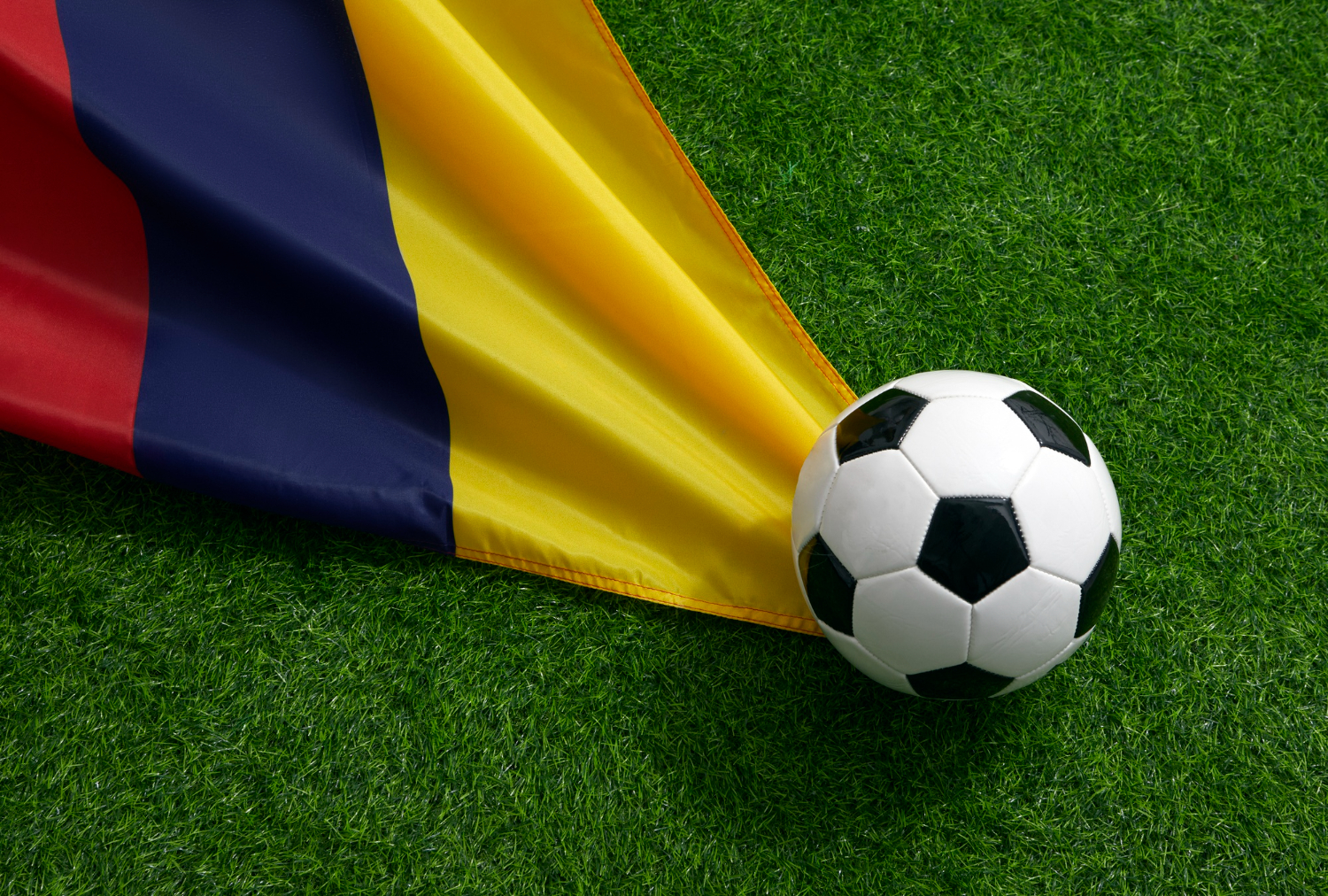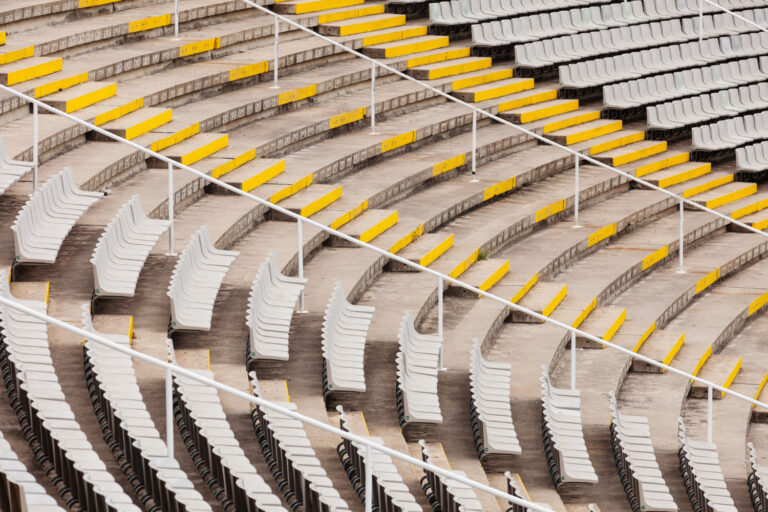The Power of the Shirt: What It Means to Wear Club Colors
There are few things in life that stir emotion the way a football shirt does. It’s not just fabric, not merely a uniform. It’s identity. It’s heritage. It’s a living emblem of everything your club stands for, glory, heartbreak, loyalty, defiance. The moment you pull that shirt over your head, you’re not just a supporter; you become part of something that stretches beyond generations, across borders, through triumph and tragedy.
My first kit was an old hand-me-down. It didn’t even fit properly, the collar sat awkwardly on my shoulders, and the number on the back had half-peeled off. But I wore it like it was battle armor. It wasn’t about style; it was about belonging. That shirt said: “This is who I am. This is my club. These are my people.” And when I saw others in the same colors walking into the stadium, down high streets, or just passing by in everyday life, I nodded like we were long-lost relatives.
A Badge of Belief
What separates football from other sports, in many ways, is the intensity of its symbolism. The shirt is sacred. The badge on your chest is a crest of belief. It represents the club’s roots, the city’s soul, and often the struggles of the people who live there. Think of clubs like St. Pauli, Boca Juniors, or Napoli. The shirts those fans wear aren’t just for matchday, they’re political, cultural, even philosophical statements.
It’s why changes to a club’s shirt can cause outrage. Switch a club’s traditional color. Alter a badge. Add a tasteless sponsor. Fans will protest, sometimes in their thousands. Because the shirt is more than gear, it’s an emotional contract between fan and club, one signed not with ink but with memory.
The Ritual of the Shirt
There’s a certain ritual in putting on your club shirt on matchday. For some, it’s part of a routine so ingrained it borders on superstition. Home games? Always the same jersey, washed or not. Away games? A specific vintage one from a legendary season. Win a big match while wearing one shirt, and it instantly becomes lucky. You start to believe it has a say in the result.
And it’s not just about watching. Kickabouts in the park, five-a-side with mates, tournaments at school, we all had that one shirt we wore until it was threadbare. The one that made us feel like professionals even if our skills said otherwise. It gave us a slice of identity, a little piece of the dream.
Generations Sewn into Fabric
One of the most powerful aspects of club colors is their ability to connect generations. My dad still has his first kit folded in a drawer, yellowed and fragile. He says he’s keeping it for when his grandson’s old enough to understand. That’s how deep this runs. Shirts carry family history. They’re handed down like heirlooms, each with its own stories of away days, title races, relegation scraps.
When parents buy their child their first kit, it’s not just a gift, it’s a quiet induction. It’s saying, “This is our tribe. You’re part of it now.” And when you both turn up to a match in full colors, side by side, it becomes more than football. It becomes legacy.
The Shirt as Protest and Pride
Wearing your shirt is also a kind of declaration. You wear it on Mondays after a derby win, even if you know you’re walking into an office full of rival fans. You wear it when your team’s been relegated, because that’s when they need you most. You wear it through droughts of silverware and years of irrelevance. Because real support doesn’t waver with the table.
Sometimes, the shirt becomes a form of protest. Fans will turn them inside out, black them out, or refuse to buy the latest version if the club has made decisions that betray its values. In those moments, the absence of the shirt speaks just as loudly as its presence. That’s the power it holds, silence and noise, both weaponized through fabric and thread.
Away Grounds, Familiar Colors
One of the best sights in football is the away end. Hundreds, sometimes thousands, of fans packed together in enemy territory, singing their lungs out in matching shirts. There’s something primal about it, strength in numbers, unity in color. You’re far from home, surrounded by hostility, but you’re not alone. The shirt becomes your armor, your flag, your identity in a sea of strangers.
It’s in those settings that you realize just how important club colors are. They signal to the world: We’re here. We believe. We belong.
Shirt Collectors and the Stories They Hold
Some fans collect shirts like trophies. Not just from their own club, but from others as well, each one representing a time, a player, a memory. That 1990 West Germany shirt? A symbol of reunification and a tactical masterclass. The 1998 France kit? Zidane’s crowning moment. These shirts hold football history in their stitching.
For club fans, particular seasons are immortalized in kit designs. Ask any supporter and they’ll name their favorites: the cup-winning year, the double, the promotion. One glance at the shirt from that season and it all comes flooding back, the goals, the chants, the pub afterwards.
Club Colors in Unlikely Places
What’s beautiful is seeing club colors outside traditional football spaces. A dad teaching his daughter how to ride a bike, both in shirts. A wedding photo with the couple holding scarves above their heads. Murals on walls in working-class neighborhoods. Coffins draped in team flags.
It’s emotional because it shows that football is life for so many people. That shirt might not be worn every day, but its presence is always felt.
The Changing Face of Shirts
Modern kits now come in all kinds of variations: home, away, third kits, fourth kits, retro reboots, limited-edition collaborations. Some love it. Others say it’s over-commercialized. But no matter how many versions are released, one thing remains: when you see someone wearing your club’s shirt, there’s an instant bond.
Yes, clubs and manufacturers have turned kits into business assets. But they can never commercialize what the shirt means to the people who wear it with love, pride, and loyalty.
What the Shirt Means to Me
For me, putting on the shirt is always emotional. Even if it’s a lazy Sunday and I’m just going to the shop. Even if we’re bottom of the table. Even if we’ve just lost 4–0 and the world is mocking us. I still wear it.
Because the shirt is a symbol of where I’ve been and who I’ve become because of this club. It’s every win I celebrated, every heartbreak I endured, every away trip I saved up for. It’s the friends I made in the stands, the arguments I’ve had defending my team, the mornings I woke up hoarse from shouting. It’s a part of me now, stitched into my memory.
In the End
The power of the shirt isn’t in the fabric or the sponsors. It’s in the meaning we give it. It’s in the child’s smile as they wear it for the first time. It’s in the veteran supporter who still wears theirs decades on. It’s in the silence of a crowd holding theirs up in tribute, and in the roar of thousands chanting in unison, arms raised, shirts stretched to the sky.
That’s why it matters. That’s why we care. Because to wear club colors is to say: This is who I am. This is where I belong. And this will never change.







